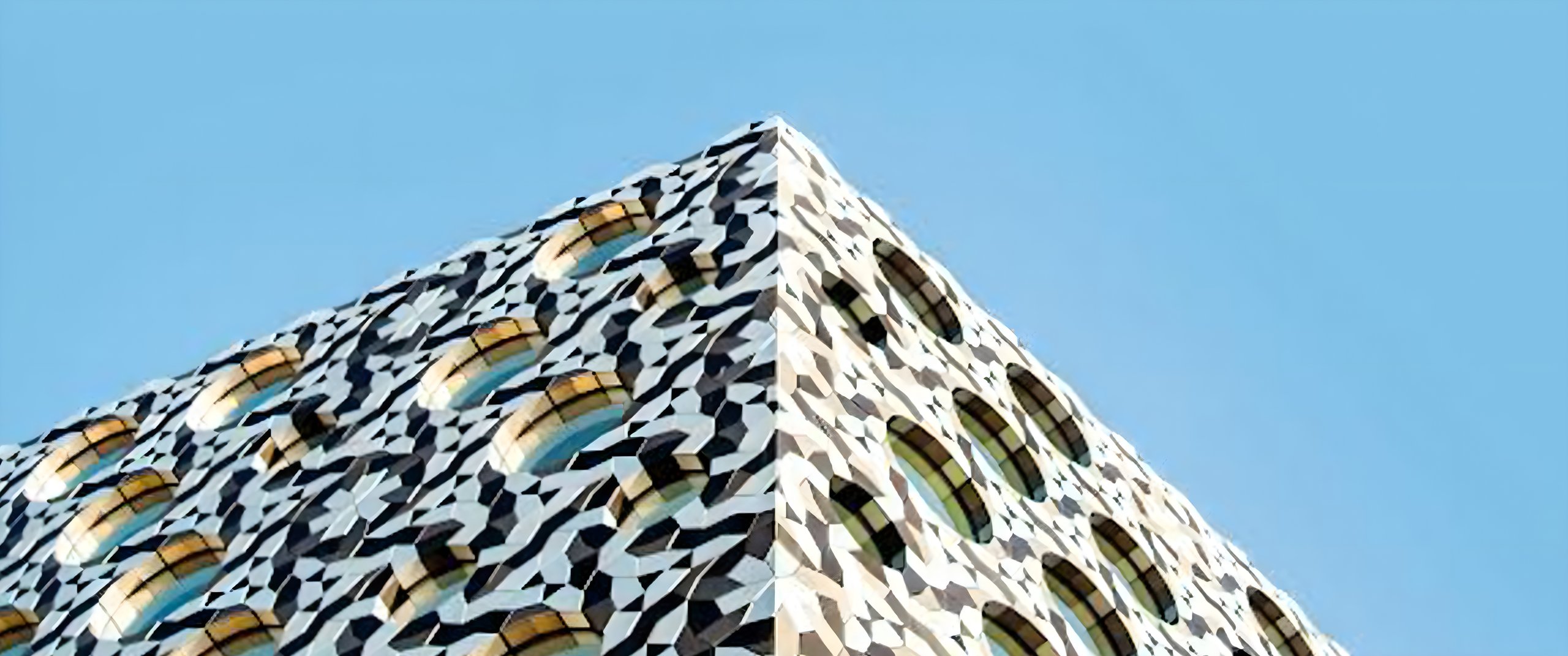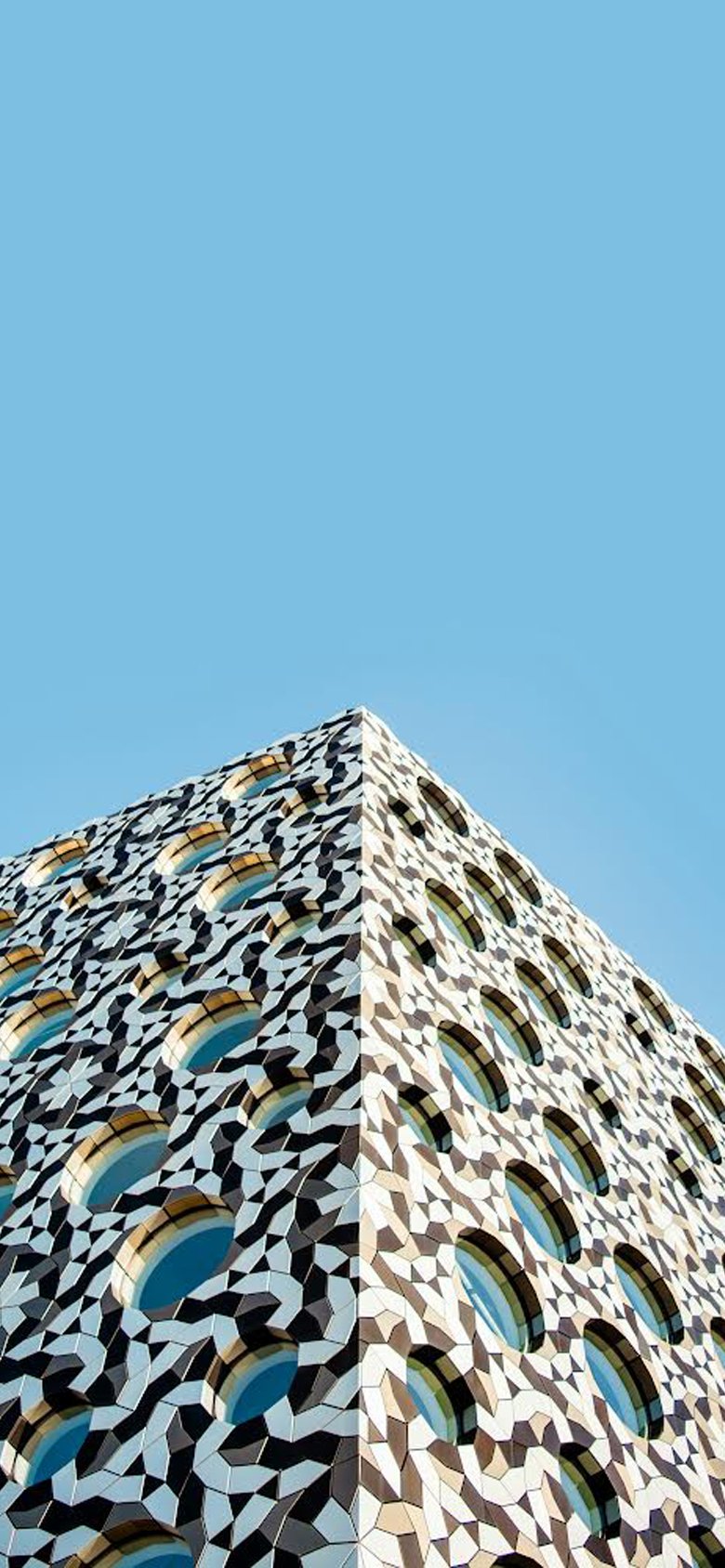



Every element of an object or structure—whether it's size, shape, material, color, sound, or smell—contributes to creating a language that we all perceive. This perception can be rational or unconscious, but it is undeniable that whenever we encounter something, it communicates with us, and we interpret it in a more or less personal way. However, simple sensory perception is not enough to reveal the true nature of an object or building. Another fundamental aspect comes into play when we are faced with architecture or design projects: emotions.
Consider, for example, a house or an armchair. How many people choose one house over another just to sleep, eat, or store their belongings? Very few, indeed. Most of us choose a particular house for its shape, its location, its distance from other places, the way light enters the rooms, and the atmosphere that can be felt in the air. We choose it because we can easily imagine living there happily every day.
Similarly, we choose an armchair because, even just by looking at it, we can perceive a sense of relaxation, comfort, softness, or elegance, depending on what we desire. Every object we purchase reflects our tastes, our style, but above all, it mirrors our emotions—those we wish to relive and replicate.
Functionality and Style: How to Combine Them?
Yet, despite the crucial importance of this symbolic aspect, it is essential to remember that design and architecture must always combine two fundamental aspects: aesthetics and functionality. Today, we witness a growing presence of design objects in our homes, where functionality often takes on the appearance of a work of art. Likewise, buildings or infrastructures are being constructed that almost seem like monuments, places to visit.
But how can we distinguish a work of art from a design object? The answer is not simple, and the line is increasingly blurred. Is a blown glass vase design, art, or craftsmanship? Is a table carved from recycled wood art or design?
The answer to these questions becomes clearer if we consider every piece of architecture or design object as a process of considerations and emotions. A well-designed object is always a design object, and a well-designed space is always, first and foremost, an architectural project, regardless of whether it was created by an artist, a designer, or an artisan.
Munari and the Return to Simplicity
A design project is good if it effectively serves the purpose for which it was conceived. Only after satisfying this condition can we start discussing the relationship between its beauty and its function. In 1944, Bruno Munari wrote in Domus: “One comes home tired from working all day and finds an uncomfortable armchair.” This provocation is still relevant today and highlights how we often tend to create complex and uncomfortable objects solely for the sake of originality, at the expense of the true function for which they were designed.
Munari criticized the obsession with innovation at all costs, describing how many designers focus more on aesthetics and novelty than on the comfort and real utility of objects. For Munari, beauty emerges when a project solves problems in a functional and simple way. This principle is fundamental in architecture as well: a building is beautiful not just because it pleases the eye, but because it meets the needs of those who live in it and integrates well into its surroundings. Architectural beauty, therefore, arises from the harmony between form and function.
Vitruvius and the Harmony Between Firmitas, Utilitas, and Venustas
The connection between architecture and beauty is deep and fascinating, and it has been a subject of reflection since ancient times. Vitruvius, in his treatise De Architectura, identified three fundamental principles of architecture: firmitas, utilitas, and venustas—stability, functionality, and beauty. These three elements are inseparable; a well-designed building is stable, functional, and beautiful. Beauty is not just an "optional" feature, but something that naturally arises when a project is well-executed.
In architecture, this means creating spaces that not only function well but also make people feel good.
It is the result of a design that respects materials, the environment, and the people who will use those spaces.
Respect for Context and the Natural Evolution of Space
Another important point is respect for the context. When architecture takes into account the place in which it is located and the people who inhabit it, it becomes more functional and in harmony with the environment. It is not something imposed but rather a natural evolution of space. Beauty in architecture is not something superficial but the result of a design process that considers every detail. It is a beauty that emerges from the balance between functionality and aesthetics, creating spaces that are both useful and pleasant to live in.
One of our projects that embodies this approach is the 18th-century villa on the hill. For this wonderful building immersed in the countryside of Lucca, we planned the restoration of its typical features and adopted a conservative approach in total respect of the existing structure. The analysis of the current state and the surroundings was the first step for a careful and thorough understanding of the property, with the aim of preserving its identity and maintaining the original character of the building, restoring both the interior and exterior of the villa to its former glory.
Talking About Functional Architecture Is Possible, but Without Forgetting Style
This principle applies not only to the design of objects but also to architecture.
A building should never be conceived solely to astonish with bold shapes or innovative materials; it must, first and foremost, meet the needs of the people who will live in it. A good example of functional architecture is a building designed to be energy-efficient, accessible, and comfortable for its occupants. The priority is given to the user experience, ensuring that the space is intuitive, safe, and capable of solving real problems.
The history of functional architecture is a modern story, always connected to its time.
A New Balance to Be Found: Combining Function, Beauty, and the Environment
In recent years, architecture has undergone yet another radical evolution because it must confront enormous technical, aesthetic, economic, and social challenges. New technologies have highlighted a latent and pre-existing formal novelty, leading to a vision of architecture in which form follows function more rigorously.
Functional architecture, understood as that which seeks to merge beauty and utility, has further evolved by integrating with the principles of bioarchitecture. Bioarchitecture, considered the new frontier, is based on ethical principles such as environmental protection. New constructions are designed to "embrace the planet," and even aesthetically, they often communicate their purpose.
Design and architecture of this kind are not merely approaches but a philosophy that places the human being, the planet, and its needs at the center, combining aesthetics with practicality. As Munari suggested, good design is never an end in itself. And a beautiful house is never just beautiful; it is a place where one should feel good living and spending as much time as possible.
Following this philosophy means improving daily life, making the objects and spaces that surround us not only aesthetically pleasing but also useful, accessible, and able to meet the needs of those who use them. In this way, we can do our part to create a world where beauty is never separated from function but is a natural complement to it.
